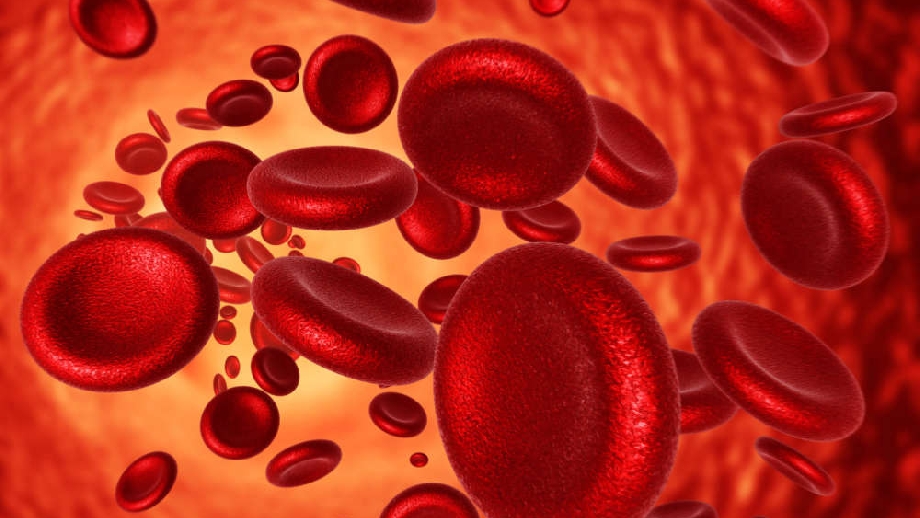
When you hear the word “anemia,” you probably think of feeling tired or maybe needing more iron-rich foods.
It’s a common health buzzword, often seen as a minor issue that can be fixed with a supplement. But according to Professor Oladapo Olayemi, an expert in Obstetrics and Gynaecology at the College of Medicine, University of Ibadan, this common understanding barely scratches the surface of a condition that can have serious, even life-threatening consequences, particularly for women.
Professor Olayemi, while speaking on Nigeria Info’s Maternity Line with Zaynab Yekeen, shared some urgent truths about anemia.
“Anemia is when the oxygen-carrying capacity of the blood is reduced. We measure it by looking at the amount of hemoglobin in the blood.
Hemoglobin is the oxygen-carrying part of the red blood cells…WHO sets a standard of 33%... you have 11 grams of hemoglobin in every 100 milliliters of your blood. Anything below this is considered anemic.”
1. It’s Not Just “Low Blood”, It’s an Oxygen Crisis
Many people think anemia simply means “low blood,” but Professor Olayemi offers a more precise definition: anemia is a reduced oxygen-carrying capacity of the blood.
While doctors measure anemia by hemoglobin levels, which is the protein in red blood cells that transports oxygen, the real danger is that the body’s tissues and organs aren’t getting enough oxygen to function properly.
“This isn’t just a numbers issue; it’s about systemic oxygen deprivation,” he explains, which is why anemia can have wide-ranging effects on energy, cognition, and overall health.
2. Anemia Often Starts Years Before Pregnancy
A woman’s health before conception plays a crucial role in pregnancy outcomes. Anemia often precedes pregnancy and can worsen if left untreated.
Professor Olayemi quotes a study revealing that 30–40% of adolescent women in universities are already anemic, primarily due to nutritional deficiencies like iron and folic acid.
Other contributors include genetic blood disorders, such as sickle cell disease, parasitic infections like hookworm, and heavy menstrual bleeding.
He warns, “Many women are entering their childbearing years with a health deficit that could become dangerous during pregnancy or childbirth.”
3. The Symptoms Are Deceptively “Normal”
Anemia often develops silently, with symptoms that are easy to dismiss. This is particularly true during pregnancy, when fatigue and breathlessness can be attributed to normal gestational changes.
According to him, key signs to watch for include:
• Fatigue from routine daily tasks.
• Shortness of breath as the condition worsens.
• Cognitive difficulties, such as trouble concentrating, which can affect academic or professional performance.
“These symptoms are subtle but significant,” Professor Olayemi notes. “Early recognition is crucial for preventing severe complications.”
4. Anemia Can Lead to Life-Threatening Complications
When severe and untreated, anemia can contribute to maternal mortality, particularly during childbirth. It increases the risk of excessive bleeding, infections, and heart strain.
“This is why anemia is not just a minor health concern; it’s a critical public health issue,” the professor emphasizes.
5. Prevention and Early Action Make a Difference
The good news is that anemia is largely preventable and manageable with early intervention. Professor Olayemi recommends:
• Routine screening for adolescent girls and women of childbearing age.
• Balanced nutrition rich in iron, folic acid, and other essential micronutrients.
• Prompt treatment for underlying conditions like infections or genetic disorders.
In conclusion, Professor Olayemi stresses that “Prevention and early detection are key… A small step before pregnancy can save lives later.”


